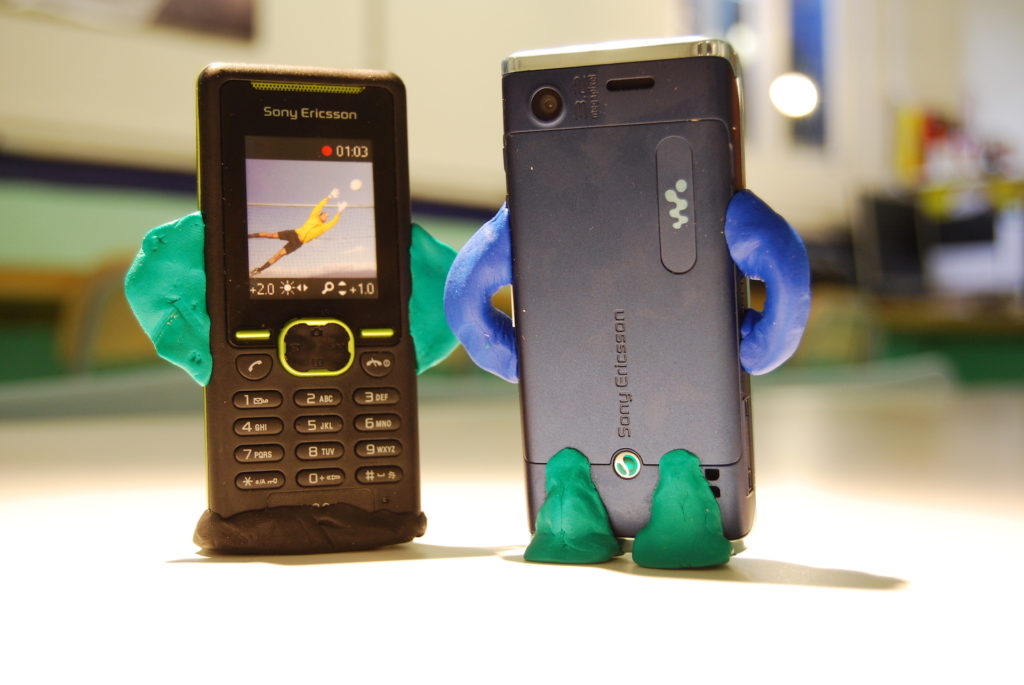
Reclaiming user personalisation of digital hardware
There was a time when a radio was something you could build at a home and a television could be repaired by a local technician. Consumer electronics have gradually become consumable in the literal sense of the word; we use them until they break and then we replace them.
With this trend has come a sense that, as users, we ‘get what we’re given’ with digital hardware. Physical customisation is at best the preserve of über geeks and, at worst, a dangerous recipe for breaking expensive kit.
We don’t have to look too far back to find a different era. I have a Macbook, for example, which was among the last laptops from Apple designed to be user upgradeable. Even an amateur such as myself has been able to add more RAM, change the mechanical hard drive for a larger, faster SSD and replace the battery. As a result, it remains functional 8 years after I bought it. In contrast, Apple’s 2016 Retina Macbook was awarded a 1/10 repairability score by iFixit.

It was inspiring to come across this example in Sugru’s newsletter of a phone two sisters had modified for their grandad. By using Sugru’s simple, durable modeling putty, the phone was made usable for the needs of a specific customer.
Sugru has long been in the vanguard of the maker movement, advocating repairs and customisations which help users modify products, homes and devices for their specific needs.
Sugru’s founder, Jane ni Dhulchaointigh, spoke at MEX/7 in May 2010 about the genesis of Sugru and her ambitions. It has since gone on to achieve international distribution, widespread media coverage and become a thriving business. Among other accolades, it was featured in the Victoria and Albert Museum’s ‘The Power of Making’ exhibition, which we wrote about in an essay entitled ‘Crafting experience‘.
We also conducted a creative exercise at MEX/7 using Sugru. We gave 100 participants from digital industry a smartphone model of their own and challenged them to make a single modification which would improve or extend its use. The results are documented here.
Bonus fact: in 2013, Sugru saved the day by enabling me to replace a broken lever on our beloved espresso machine with a new one carved from wood. Four years later, it is still working and held solid by some festive red Sugru!
Part of Friday Inspirations, an ongoing MEX series exploring tangents and their relationship to better experience design. We explain the origins of the Inspirations series in this MEX podcast and article. Share your own inspirations on Twitter at #mexDTI.


+ There are no comments
Add yours